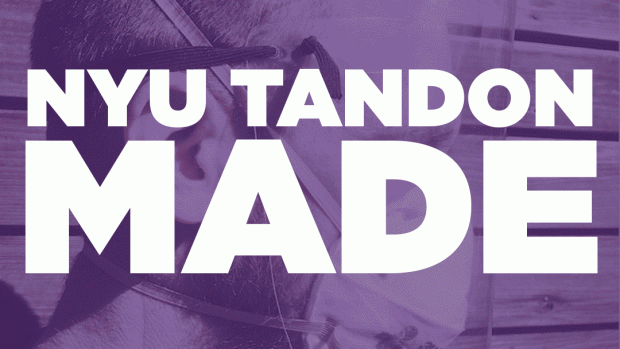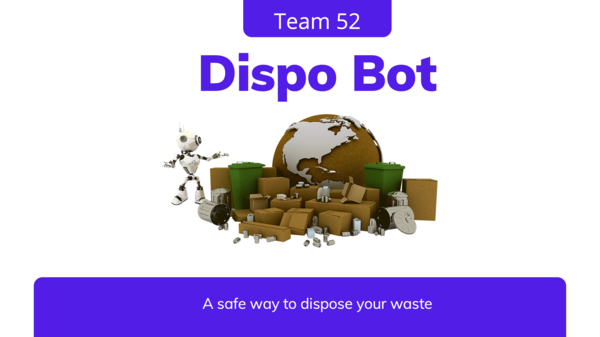The NYU Tandon Made Challenge wraps up—for now

The NYU Tandon School of Engineering’s 2020 Tandon Made Challenge called upon incoming undergraduate and graduate students to solve a pressing healthcare challenge exacerbated by the COVID-19 pandemic. The first challenge--finding ways to retrofit existing hardware so that it could be used without human contact — resulted in dozens of innovative modifications, from no-touch elevator buttons to pocket-sized, adjustable covers for bike and shopping cart handles. The second asked competitors to use 5G and other wireless technologies to provide remote diagnostics and patient support, and again the participants had a plethora of winning ideas. (Think of a device that enables medical responders to stream live footage of a patient during an ambulance ride or an online platform using advanced machine-learning techniques to provide physical therapy.)
The third and final Challenge, which culminated on July 29, asked them to ponder: “How can we use robots and robotics to be assistive to doctors, nurses, and healthcare workers in hospitals during pandemics such as COVID-19?”
At stake were two $5,000 prizes (one graduate and one undergraduate) to be used to further develop the winning ideas once the semester starts. (In addition to those hotly contested prizes, any teams participating in all three Challenges — no-touch hardware, telehealth, and remote medical-device control — would receive a $500 prize in recognition of their entrepreneurial spirit, to be used to develop their ideas.)
Teams were judged on the basis of several factors: whether the proposed product took a unique and defensible approach to the problem it was addressing, whether it could move beyond the ideation and prototyping phase and support the needs of a sufficient market, and whether the team had identified its needs and next steps to take their concept and turn it into a prototype, using the prize money and NYU Tandon resources.
The undergraduate teams in the third challenge included:
InnoVate

A robotic IV pole equipped with an autonomous movement system to minimize physical contact, and an alert system to notify nurses.
Reverstroke
A robotic face that helps stroke survivors relearn motor functions and practice mouth movements.
Neurobotica
A humanoid robot actuated by compliant, electrically actuated, strong and fast muscle fibers, allowing it to perform fine motor tasks in medical settings.
The graduate teams in the third challenge included:
Dispo Bot

An autonomous waste-collecting robot that navigates hospitals and disposes of waste in automated trash bins.
Bath Bot
A system of remote-controlled robotic arms that bathe hospital patients while simultaneously maintaining their privacy.
Autonomous Stretcher
A modular device consisting of cameras, sensors, and a controller that transforms a typical gurney into an autonomous stretcher.
“The judges had an enormously difficult time choosing winners because of the creativity and entrepreneurial spirit shown by all of the teams,” said Neal Rooney, Project Manager for the NYU Tandon Made Challenge and former president of the InnoVention Society. “Although InnoVate and Dispo Bot were awarded the top prizes, in reality, there are absolutely no losers here. Everyone who participated in the challenges is embarking on an exciting new step in their educational journeys, and NYU Tandon is proud to have them as incoming students. It’s the definition of a win-win situation.”




